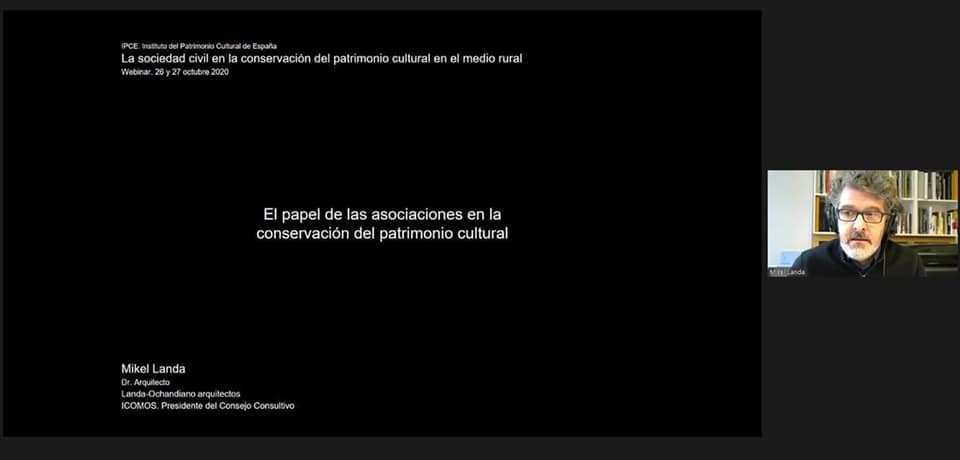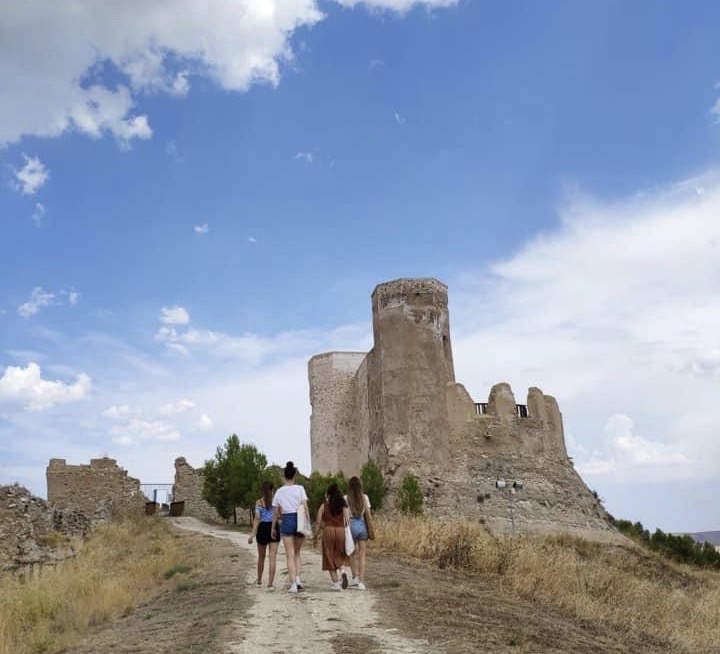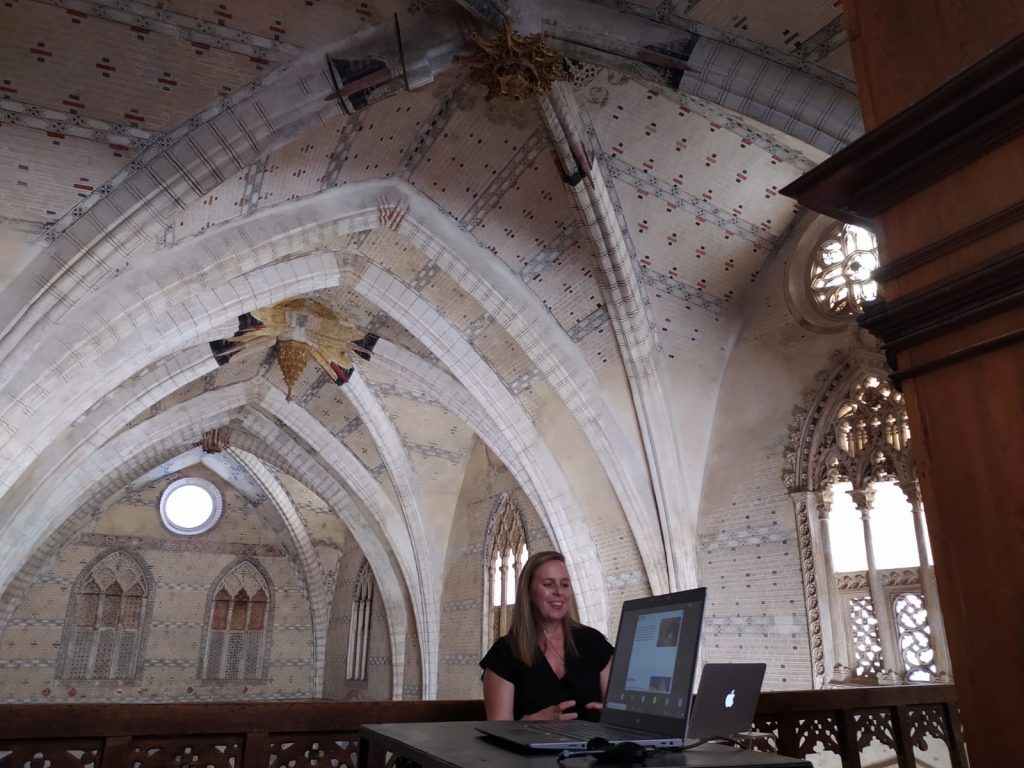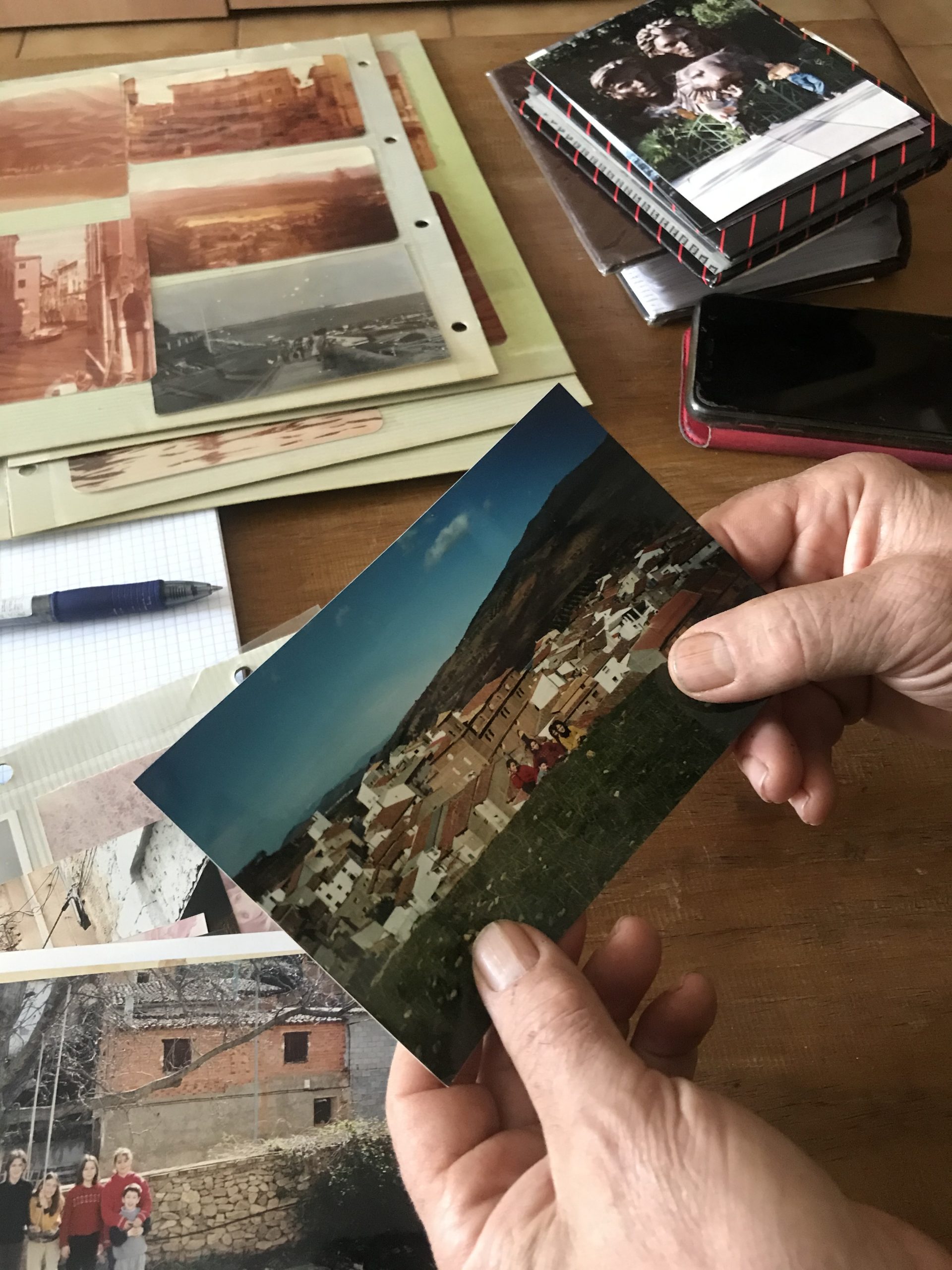The ties between society and cultural heritage represent a potential factor for social cohesion, and this human dimension plays a key role in protecting heritage. This is one of baseline premises of the online seminar “La sociedad civil en la conservación del patrimonio cultural en el medio rural” (Civil society in the preservation of cultural heritage in rural settings) organized by the Spanish Ministry of Culture and Sport on October 26 and 27, in which Territorio Mudéjar took part.
The seminar entailed a collective reflection on the importance of cultural associations created by civil society for the preservation of heritage in rural settings. Courses of action and management instruments focusing on safeguarding cultural heritage in rural settings were outlined during the seminar. The participants also shared examples of good practices applied to regions and heritage sites with great cultural value, so as to generate a sense of belonging among the inhabitants through this attention and even help to create jobs and improve social and economic management.
The seminar was kicked off by Dolores Jiménez Blanco, director general of Fine Arts, and Ana Cabrera Lafuente, deputy director general of the IPC. Lectures were also given by Mikel Landa (ICOMOS), María Pía Timón and Elena Agromayor (IPCE), Sergio Pérez Martín (program for the recovery and educational use of abandoned villages in Granadilla, Extremadura), Manuel García Félix (FEMP Committee for Historical and Cultural Heritage), Francisco Mestre (Federación de los pueblos más bonitos de España, the federation of the most beautiful villages in Spain), Vicente Carvajal (Asociación Cluny Ibérica and Sociedad Económica de los Amigos del País, León), Araceli Pereda (Hispania Nostra), Antonio Berenguer (Campanero), María Concepción Benítez (heritage expert for the District of Sobrarbe and for Sobrarbe-Pirineos UNESCO Global Geopark), José Manuel Rodríguez Montañés (Asociación de Municipios del Camino de Santiago, the association of municipalities along the Way of St. James) and Aniceto Delgado Méndez (IAPH).
Furthermore, Territorio Mudéjar will also be participating in the online course “Guía para planes de conservación preventiva” (Guide to preventive conservation plans) by the IPCE (Cultural Heritage Institute of Spain), which proposes a framework for generating standardized procedures to which quality control rules can be applied.
Territorio Mudéjar will use this training to contribute to knowledge-building that can help our member towns identify and analyze cultural asset conservation issues in order to subsequently advise them on the implementation of procedures that address these issues.
















